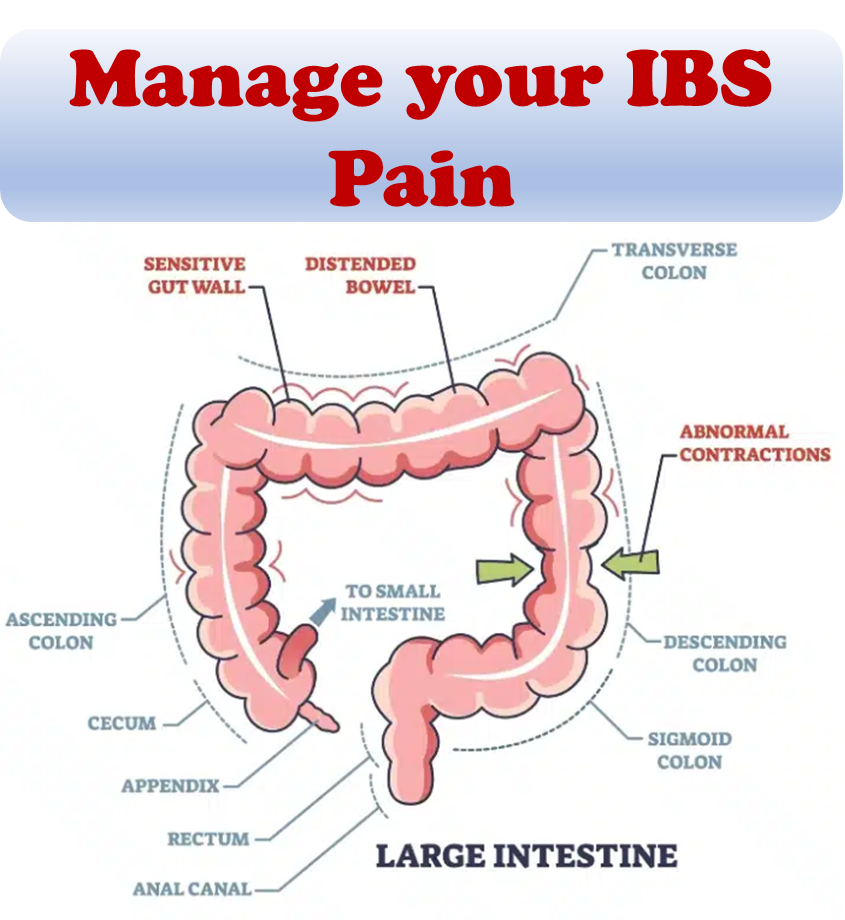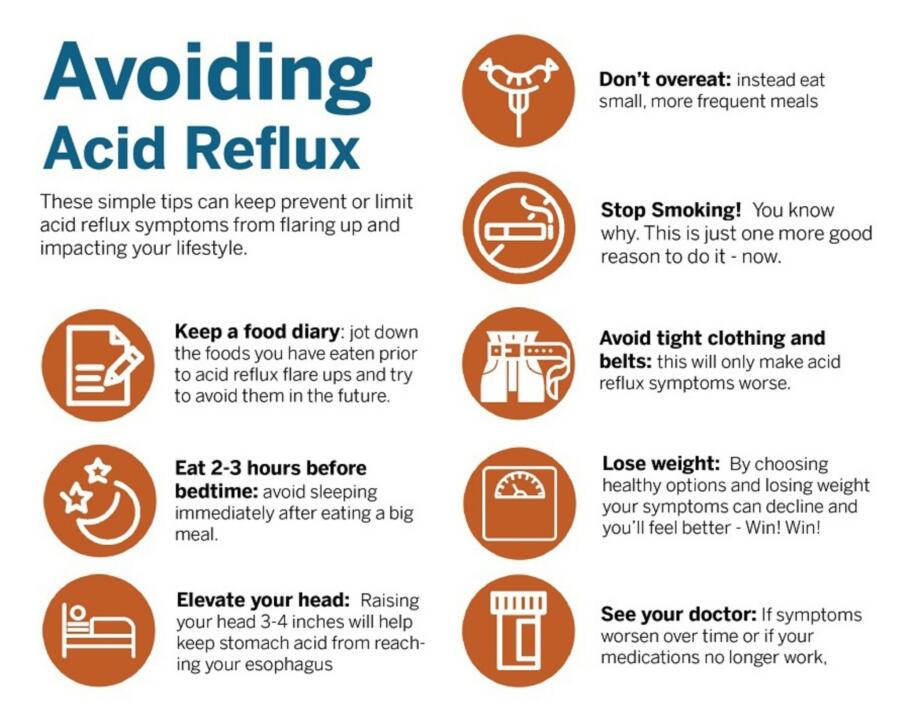Incidence Patterns for Crohn’s Disease
Crohn’s disease is an inflammatory bowel disease (IBD). It causes inflammation of your digestive tract, which can lead to abdominal pain, severe diarrhea, fatigue, weight loss and malnutrition. Inflammation caused by Crohn’s disease can involve different areas of the digestive tract in different people. If you want to learn more about this condition, click here.
Can occur at any age, although on average, people are most frequently diagnosed between 20 and 30.
Males and females appear to have similar statistics on prevalence.
Pediatric Crohn’s disease has been reported to be on the rise globally.
The prevalence of pediatric IBD seems to be continuously rising. We believe children are starting to develop IBD symptoms earlier than before. Unfortunately, we do not know what causes IBD. Current accepted theory is that genetic predisposition and environmental influences lead to poorly regulated immune responses, which leads to chronic inflammation of the intestine. Therefore, IBD is considered to be an autoimmune disease.
More common among Caucasians, but prevalence and incidence rates among Hispanics and Asians on the rise.
The incidence and prevalence rates of Crohn’s disease have been increasing rapidly, and the disease is no longer uncommon in Asian and developing countries, but these rates are still lower than those in developed countries.
Both Crohn’s disease and ulcerative colitis are found mainly in developed countries, in urban areas and northern climates.
The etiology of the inflammatory bowel diseases (IBD) has been extensively studied, however, the environmental determinants of disease pathogenesis are not fully understood. IBD is widely believed to be associated with industrialization of nations. This hypothesis is supported by the significant geographic variation in IBD with the highest incidence rate of IBD in North America and Europe.
The number of cases of IBD is increasing in China, India, and South America.
Low prevalence and incidence rates have been reported from other parts of the world including Eastern Europe, South America, Asia and the Pacific region. Recent trends indicate a change in the epidemiology of IBD with previously low incidence areas now reporting a progressive rise in the incidence, while in West European and North American countries the figures have stabilized or slightly increased, with decreasing incidence rates for ulcerative colitis.
References:
1. National Institutes of Health (NIH)
2. National Institute of Diabetes and Digestive and Kidney Diseases (NIDDK)
3. Crohn’s & Colitis Foundation



























